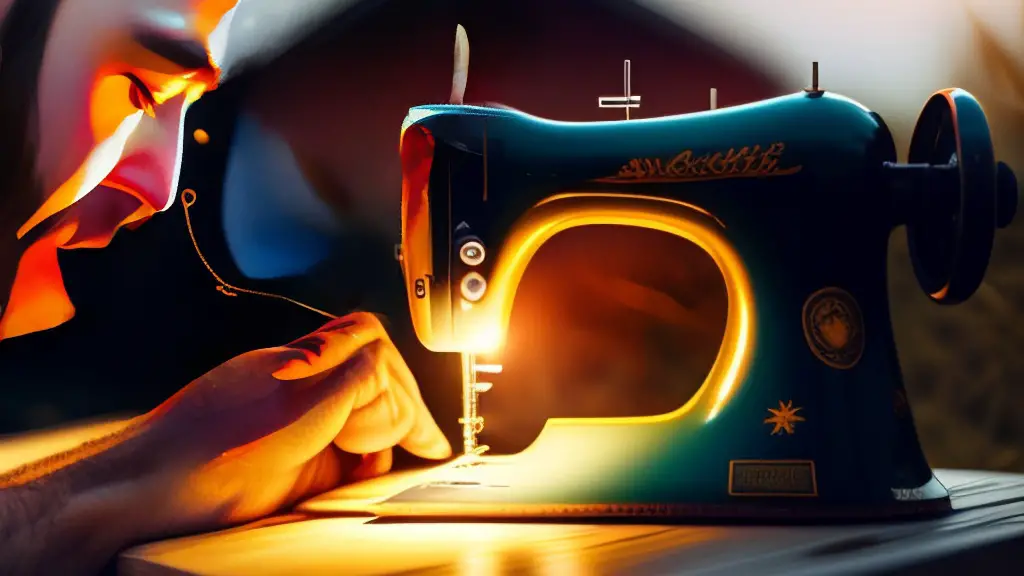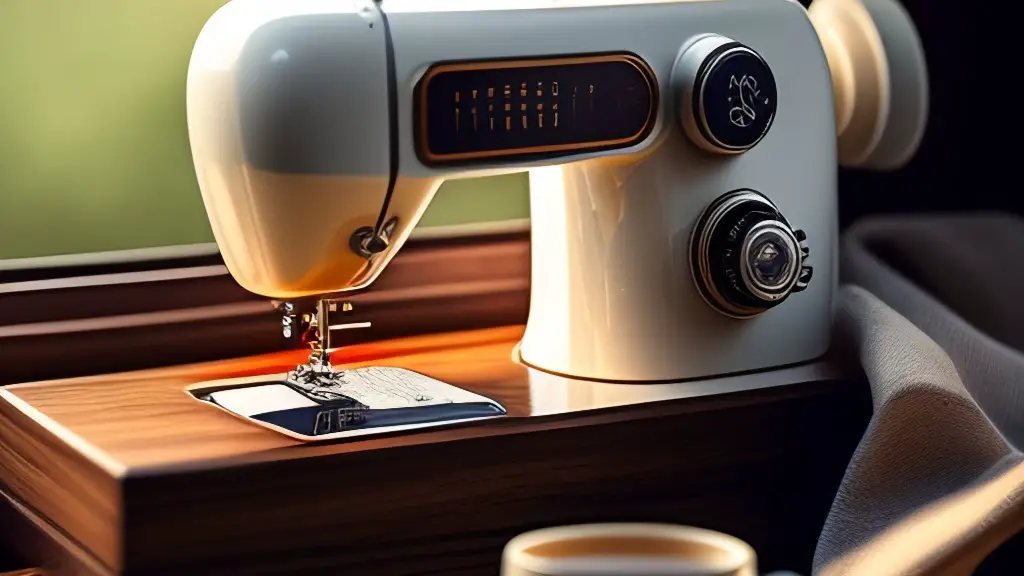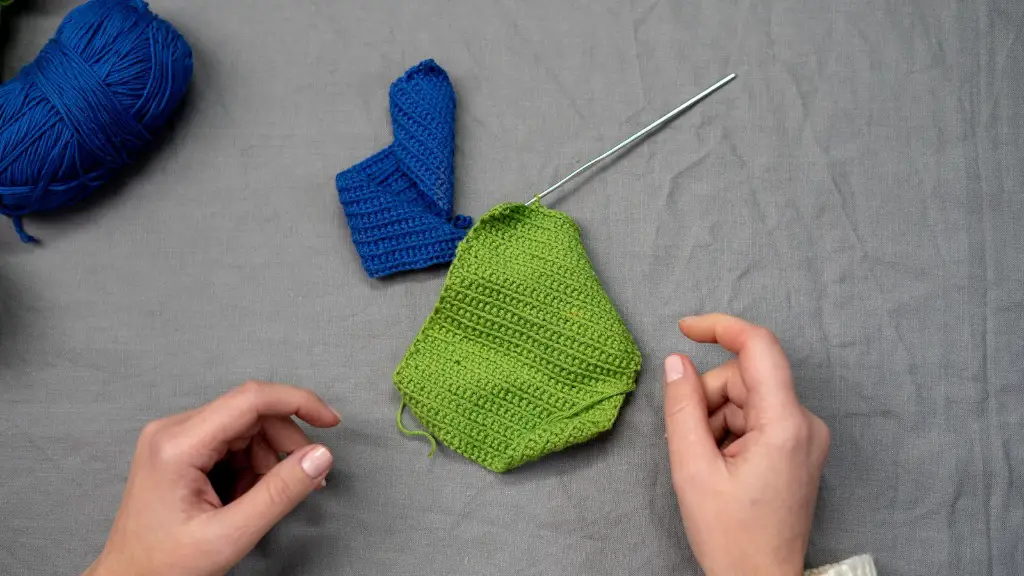Introduction
Threading a sewing machine properly is an essential skill that all sewers need to master. Whether you are a beginner or an experienced sewer, understanding how to thread the sewing machine is an important step in creating the perfect garments and projects. To help make this process less daunting, the following paragraphs will provide an overview of how to thread a sewing machine, the importance of thread tension, and how to fix common threading problems.
Step By Step Instructions
Threading a sewing machine generally consists of a few simple steps. First, you should select your thread color, type, and weight. Then, remove the spool pin cover and place the thread on the spool pin. Next, bring the thread across the top part of the machine and pull it through the thread guide. Make sure to pull the thread all the way to the back of the machine, below the tension dials. Once the thread is in place, you may need to move the thread take up lever up and down to ensure that the thread is going through all the appropriate thread guides. Finally, take the thread from the front of the machine and thread it through the eyes of the needles.
The Importance of Thread Tension
Thread tension is an important factor to consider when threading a sewing machine. If the tension setting is too loose, the stitches could be uneven and may not remain securely in place. If the tension is too tight, the threads can break or cause puckering on the material. To get the best results, take a few minutes to adjust the tension dials to the correct settings before beginning to sew. Adjusting the tension gradually is often the best approach as this allows you to get the desired results without stitching too tightly.
Common Threading Problems
Occasionally, even experienced sewers can come across problems when threading a sewing machine. If the thread keeps getting stuck or if it refuses to pull through, it is likely that the needle is not threaded correctly. In this case, reset the machine and try threading it again. If the thread continues to be problematic, it is recommended that you replace the needle. Additionally, if the tension dials break or become jammed, do not attempt to fix them yourself and seek help from a professional instead.
Checking Threads and Bobbins
Before threading your sewing machine, it is important to check that the threads and bobbin are in good condition. Use only high quality threads as these will ensure that your stitches remain secure and even. Additionally, examine the bobbin and ensure that it is clean and untangled before inserting it into the machine. Failure to do so could result in the threads being pulled too tightly, which could cause the machine to skip stitches.
Troubleshooting Sewing Issues
If you are having issues with your sewing machine or the stitches are not forming perfectly, do not worry. Start by taking a few moments to check the threads and adjust the tension settings. If this does not solve the problem, check the needle. Make sure that it is the correct size for the thread and fabric and that the point is not broken or bent. Additionally, it is important to ensure that the presser foot is correctly positioned and that the needle is correctly threaded.
Maintaining Your Sewing Machine
Once you have mastered the basics of how to thread a sewing machine, it is important to take the time to maintain it properly. Clean the machine regularly and oil it when necessary. Additionally, be sure to replace the needles when they become dull and always test the machine on scrap fabric before sewing on more expensive material. Taking the time to look after your machine will help you to create beautiful projects for years to come.
Conclusion
In conclusion, threading a sewing machine does not need to be a complicated process. By following the above steps, you will be able to thread the machine quickly and ensure that your stitches are secure and even. Additionally, taking the time to adjust the tension, check the threads, and maintain the machine will help you to create beautiful garments and projects. Threading a sewing machine may take a bit of time to get used to, but once you have mastered the basics, it will become an essential part of your sewing journey.


